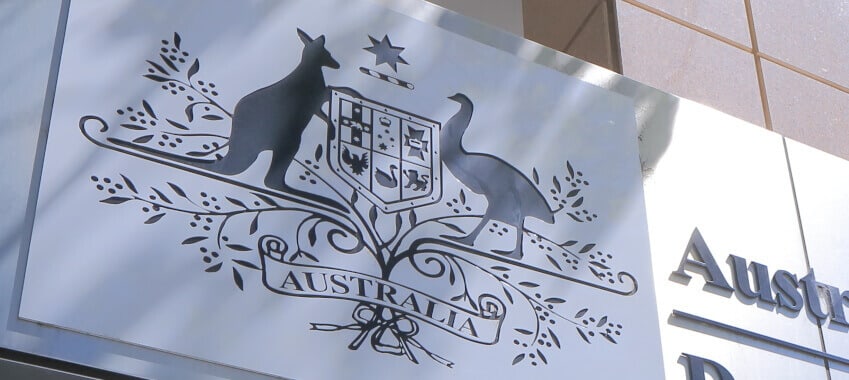
The Albanese government’s changes to the upcoming stage 3 tax cuts could bode well for borrowers, a broker has said.
The Albanese government’s changes to the upcoming stage 3 tax cuts could bode well for borrowers, a broker has said.
In an address to the National Press Club last week (25 January), Prime Minister Anthony Albanese unveiled the Labor government’s proposed changes to the stage 3 tax cuts due to take effect on 1 July this year.
The Prime Minister lauded the changes as a “plan for middle Australia” in a bid to benefit all Australian taxpayers.
Speaking to The Adviser, director and mortgage broker for FinAus, Pankaj Angrish, said the changes to the stage 3 tax cuts represented a “significant improvement” over the existing tax structure, which could particularly benefit families in the middle-income bracket.
Mr Angrish previously spoke to The Adviser sister brand Mortgage Business prior to the announcement of the changes, stating that implementing a “one-size-fits-all strategy is insufficient”.
In regard to the mortgage market, Mr Angrish said the reduction in taxes translates to more disposable income for borrowers.
“This, in turn, amplifies their borrowing capacity, assuming other assessment criteria remain constant. With the government’s incentives for first home buyers, I think we will then see more first home buyers be able to move into the market,” he said.
“Investors will also witness an influx of cash, aiding them in retaining properties, especially considering the recent surge in investor-owned properties for sale. Even a modest increase, such as an extra $1,000 a month, can significantly benefit couples with median incomes.”
Mr Angrish added that along with the increased affordability in home loans, the proposed changes could result in a decline in stress-related sales due to increased consumer confidence.
What are the proposed changes?
Legislated in 2019 under the Morrison government, the stage 3 tax cuts were originally set to apply a 30 per cent tax rate to those earning between $45,000 and $200,000, removing the existing tax brackets of 32.5–37 per cent, and increasing the minimum income level for those within the 45 per cent tax bracket.
However, under the changes, individuals earning up to $140,000 will benefit from higher tax cuts.
As a result, high-income earners ($200,000 and higher) will see their tax cut effectively halved, receiving $4,529 instead of the $9,075 that was previously legislated.
The laws were first introduced and legislated by the Morrison government in 2019 in an effort to give more money back to the majority of taxpayers.
The new tax cuts set to come into effect as of 1 July are as follows:
• A reduction in the tax rate to 16 per cent from 19 per cent for incomes $18,200–$45,000.
• A reduction in the tax rate to 30 per cent from 32.5 per cent for incomes between $45,000 and the new $135,000 threshold.
• An increase to the threshold at which the 37 per cent tax rate applies from $120,000–$135,000.
• An increase to the threshold at which the 45 per cent tax rate applies from $180,000–$190,000.
According to the Albanese government, these changes will see all 13.6 million Australian taxpayers receive a tax cut, 2.9 million more when compared to the original plan by the Morrison government.
If you’d like to find out more about the stage 3 tax cuts and the proposed changes, tune in to the Mortgage Business Uncut episode down below:
[RELATED: Revised stage 3 cuts ‘a plan for middle Australia’: PM]
 Login
Login











JOIN THE DISCUSSION